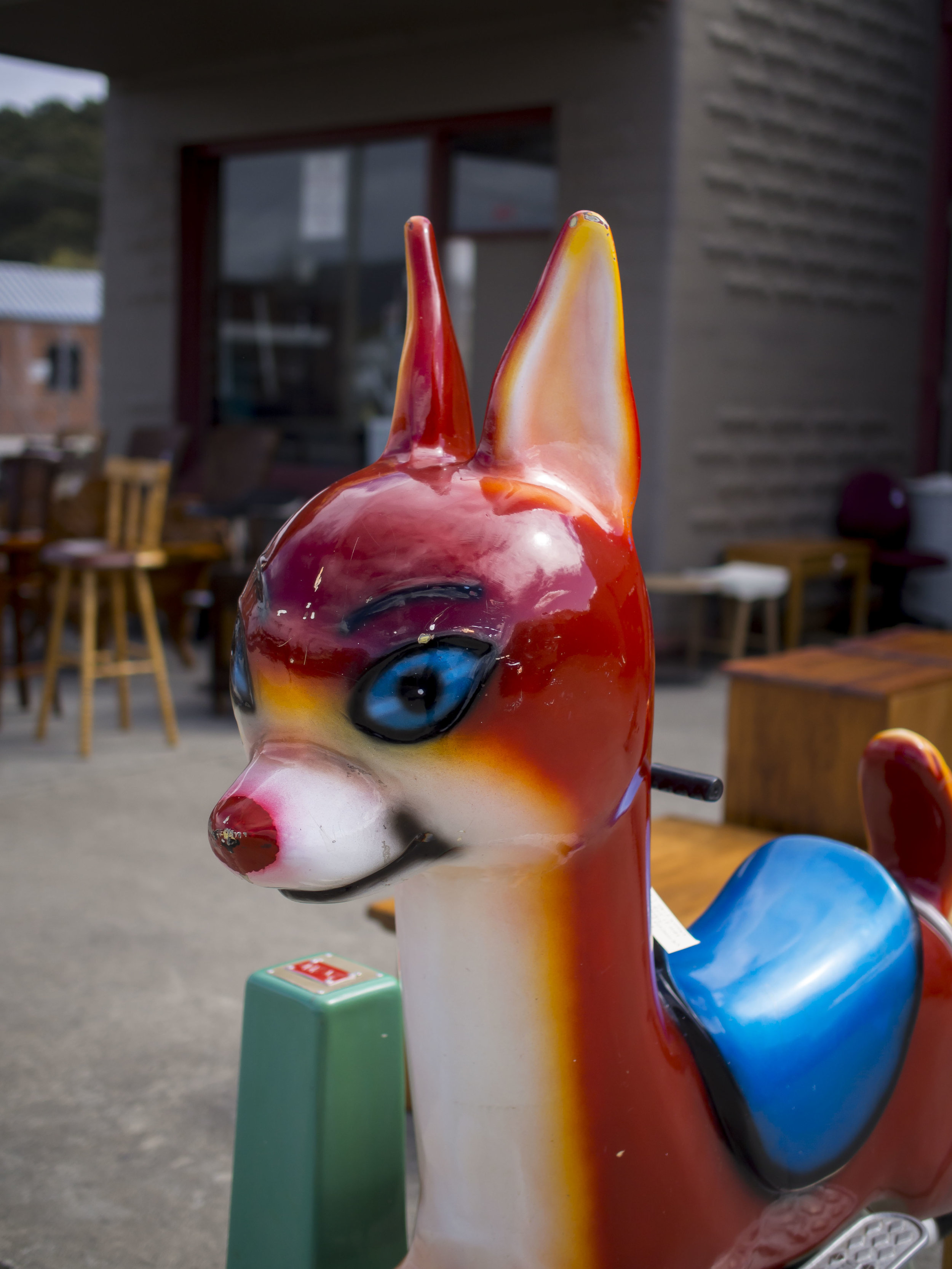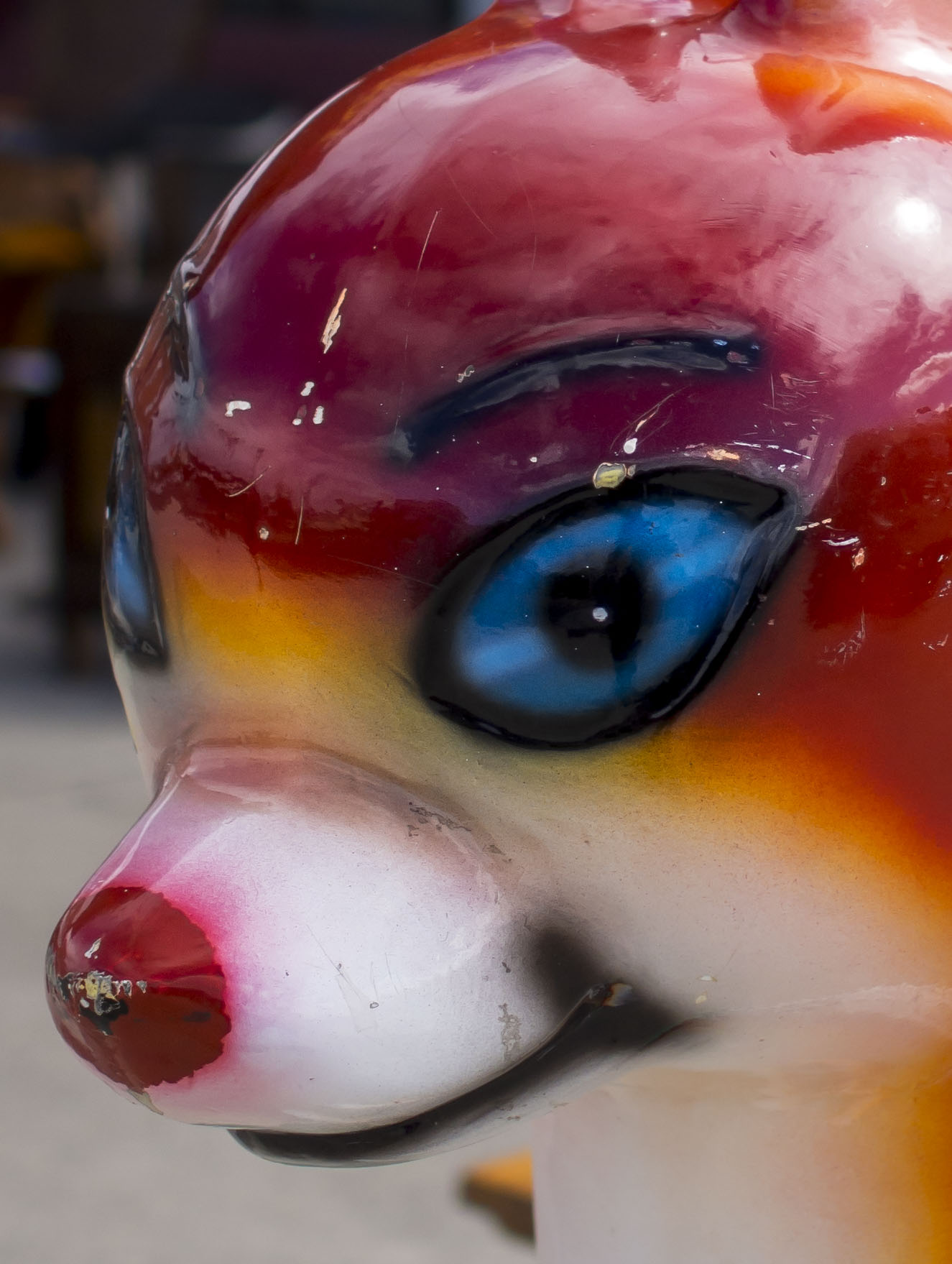I have written a lot about the lenses I use, hoping, I guess to help others to make informed choices about their own needs and to be honest, because it helps me to make sense of what I feel about them.
I think it is also important with the flood of uber expensive glass coming from Olympus and Panasonic at the moment, to take stock of the "lesser" lenses they offer that made their name in the first place.
The first thing to qualify here is that the "best" lenses by test bench reputation are not necessarily the best lenses overall, or at least they are not in a class of their own.
The four lenses that are my stable are;
Aramis the flexible persuader The 17mm f1.8.
Not a reviewers favourite, but loved by it's users and often under estimated. I find it ironic that many of the giant killing comparison tests around use this lens when it is thought by many to middle of the road at best.
This is probably the single most important lens in my kit. Ironic really, as it is the only wide angle in a portraitists bag and although it is the weakest by reputation, it never, ever lets me down optically, mechanically or creatively. I thought (stressed) long and hard about this one, switching between the 15, 20, 17, but in the end I kept the 17 as the first choice due to it's excellent functionality. I decided to get one of the others or any improved future model the second I felt it was not doing the job. That day never came.
Build to purpose (I believe), it offers the ideal optical characteristics and utility for a wide-standard lens. When compared to the Panasonic 20mm or 15mm's for example, it shows a deeper and more coherent, old fashioned (?) bokeh transition, rather then the fashionable, but not as useful in a street wide angle lens, fast and creamy drop off.
It always amuses me when people reviewing or commenting on the bokeh of wide angle lenses are disappointed, even after qualification, by their poor performance as traditional portrait lenses.
I feel a more useful application of the designer's talent is to give the lens, designed for "environmental" portraits, more depth of focus, not less. The new 17 f1.2 looks to have the creamier out of focus blur that people are lusting after, but that only makes the older lens all the more relevant as an option, not just a make-do lens.
It has also revealed a pleasing landscape capacity recently.
The expanded out of focus coherence is very forgiving, but can also still be snappy enough thanks to it's micro contrast, for creative use.
The above image reminds me of the Leica look I fell in love with years ago. The overall clarity of the composition, even the out of focus areas, with added snap on the focus point that really jumps out and draws your attention "out of order". A more modern Bokeh design would hero the foreground, at the expense of the rest of the story.
This image shows the bokeh rendering at it's best. The image is a bin job, but even at f2 and manually focussed at 2 meters (for outside shooting), the image holds together. Most lenses would show a blur line at about the second poster or closer, with little rendered usefully past it. It would have an obvious sharp/soft dynamic. The 17mm lets you determine the point where the detail transitions naturally. In practice, it makes the bokeh "invisible" not an effect in itself.
Colour, flare, contrast? No problem there either.
Sometimes it simply surprises with it's visual crispness. This is one of those lenses that does not test super sharp (in some tests, but well in others which is why tests are of limited use), but looks sharp to the eye. I think this is the benefit of it's "micro contrast", something a lot of older Leica and Zeiss glass exhibit in spades.
It is superior at adding punch to images in less than perfect light, another excellent street feature.
The EPM2 and the 17mm seem to particularly like each other.
*
Athos The Straight Shooter.
The lens that often gets brilliant reviews, but is my least favourite of the 4 (for reasons even I have difficulty explaining) is the 25mm f1.8.
There is nothing much to complain about.
The CA wide open is more obvious than the 17mm (on my copies anyway), but is easily fixed. It is enough for me to have a pre-set in Lightroom (called 25 wide open). None of the others has one.
When it is (I am) on song, it is powerful and competent, a visual chameleon, taking on some of the best characteristics of the other three and then some. I often think of it as my "Canon memory" lens. The look is bold, rich, smooth and sharp, but not so sharp that it is an overly obvious or artificial look, just honestly sharp, wide open or stopped down.
This lens often delivers images that look "bigger" than M43, especially on the Pen F. I think it may shine brightest when the files are printed really big, allowing the eye to explore deeper, discovering the fine detail and smooth texture within.
EM5 25mm
In contrast to the 17mm, this lens offers more portrait like bokeh. It drops away smoothly and pleasantly, but missed focus can leave an unsettled feeling of softness, I often misinterpreted this as a lens failing until I worked it out. It has a similar look and bokeh to the 20mm Pana, but the focussing, both AF and MF, are far better implemented.
Although I am an advocate for the perfect 40mm equivalent, the 25mm (50mm equiv) makes so much more sense in tandem with the 17mm as do it's optical properties.
Spot on, but the focus drop off even at f4 is quite quick, so focussing mistakes are punished.
*
d'Artagnon the talented all rounder.
The 45mm, one of the recent legends of lens manufacture and one of the foundation stones of M43 success (along with the 20/14mm Pana's). It is the pocketable best friend that has been my go to lens when a standard-longer is wanted.
I recently shot a wedding using the 45 for 80% of the images.
This lens just makes sense. It is very sharp in a more "snappy" sense than the 25mm, probably due just to the extra reach (compression), but at the same time seems to be gentler and does not have the "flattened" effect of the 75mm. I like it so much I have 2 (maybe I should just get them turned into a pair of goggles and wear them with a funny hat!?).
The sample images I could show are legion, so I will use a small representative of the lenses consistent excellence and utility. All taken in one day, along with many others.
And one from the recent wedding.
"A little bit of this and a little bit of that". Universal, reliable, jewel like.
Perfect?
I would like a slightly closer focus, like it's Panasonic counterpart, but the 25mm grows another foot in that area, so kit balance is retained.
*
Finally we reach Porthos, the not so gentle giant.
The 75mm is by many measures the most powerful of the set. It is bitingly sharp with strong colour and contrast. It is the only one of the four that falls outside of the "normal" range of lenses. I can always pick images made with this lens without checking the EXIF data. They just jump out.
Powerful enough to calm the smaller format doubters. 75mm f1.8 (150mm f2.8 equivalent).
A crop of the above, shot wide open.
At first, this was a revelation, allowing me to cut Canon loose as I had found my replacement for the 135 F2L, a lens with almost identical properties. It is longer and faster than the Canon in their native formats, but it also shows the flip side of it's power, much the same as the Canon.
My current screen saver. Pin sharp and hyper real looking at 29" even cropped a little.
It can look too perfect or "flat", a bit two dimensional. On it's own it would be a pony with just one impressive trick, but in this kit it offers reach and a distinctive look, strengthening the team overall. Combined with the very capable, but less "perfect" 75-300, these two make a good team.
My only minor complaint is the focussing, that I considered very capable until I used the 40-150 F2.8. Of the four I would consider the 75mm the slowest in grabbing (even a little more finicky than the 75-300) and has an annoying habit of getting stuck on some things when used on the EM5, but less so on the Pen F.
*
These are just four good lenses from a capable designer/manufacturer. All other brands can produce lenses that are similar, but I hope this post shows two important things;
1) All reasonable quality lenses are enough to do serious work* and all have features that can be a benefit to the photographer, even lenses that have been over shadowed by more impressive stable mates.
2) Getting to know your lenses is key to success. Find their character, replace them if they do not suit, but use the strengths of each lens to it's fullest and don't dwell on perceived weaknesses.
* my trouble-shooting pair of the 14-42 and 75-300 can produce pro grade images as well, often indistinguishable from the better glass. More on this later.


















